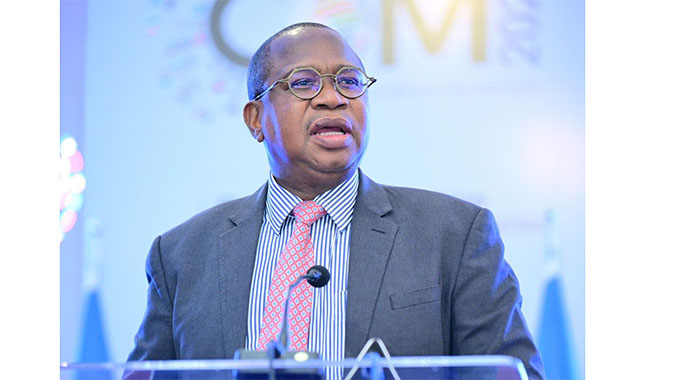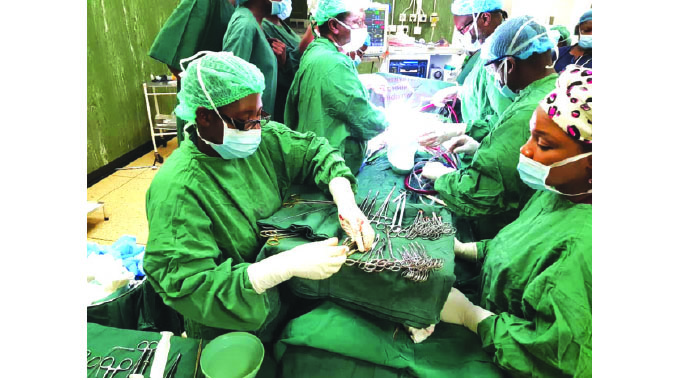University protests are important – but school fees also matter
Linda Chisholm Correspondent
It costs more to send a child to some of South Africa’s elite private schools than it does to cover tuition at many universities. This is just one reason among many that it’s time for a commission on school funding. The school fee system also needs urgent attention – not least because it is hardening the
education system into a class-divided order.
South Africa is thinking about overhauling higher education funding. This process should be accompanied by a major relook at the school funding and fee exemption system.
At the country’s universities, the #FeesMustFall campaign has rightly concentrated the collective mind on rising student fees, historical debt, the financial burdens students face when entering university, and an ineffectual National Student Financial Aid Scheme.
But the divide between fee-paying and non-fee-paying public schools is equally worrying. A fee-exemption system was initiated in 1996 and culminated in some schools being declared entirely fee-free from 2006 – paradoxically allowing poverty to continue at one end of the scale and affluence to persist at another.
No-fee schools
The Department of Basic Education is proud of the fact that, in 2016, just over 60 percent of children do not pay school fees. This system was introduced after a long battle by NGOs in the 1990s against fees, particularly those charged to people in poor areas.
The problem is that these fee-exempt schools are not well resourced. South African government spending on education compares favourably with other developing and middle-income countries. But this does not necessarily translate either into adequate outcomes or resourcing of schools.
On average, about 80 percent of provincial budgets are spent on teacher salaries, with some spending more and some less. This leaves about 20 percent or less for spending on maintenance, textbooks and other necessary resources.
It is no accident that more broken windows and toilets are found at schools in the poorer Limpopo, the Eastern Cape and KwaZulu-Natal provinces than in wealthier parts of the country.
There is simply not enough in the non-personnel allocation to schools to shift spending patterns.
And there is little provision to deal with poor management of the meagre resources that are allocated.
Frustrated communities complain to watchdog organisations, but this does not solve the problem.
Increasingly, poor parents – particularly from urban areas like Johannesburg and Soweto, Cape Town, Durban and Pietermaritzburg – try to send their children to schools in well-off suburbs.
Schools receive more or less government funding depending on the socioeconomic status of their surrounding communities. So, a school in an established suburb like Durban’s Glenwood will get less money than one in a poor township such as Umlazi. But children from Umlazi can attend school in Glenwood, creating a disjuncture between the social class of the area in which the school is located and the children attending it.
Since resources are allocated in such a way that schools in poorer areas get more, and those in richer areas get less, unexpected anomalies have arisen.
Educational statistics have not kept pace with these changes in suburbs and the nature of schools in them. Research shows that many such schools receive less than they should if their learners’ parents’ income levels were taken into account. – The Conversation.
The chasm between whether schools are fee-paying or not is being widened by schools’ practices and assumptions that reinforce admission on the basis of the ability to pay.
Legally, no child can be excluded if the parents are unable to pay school fees. Children in fee-paying schools are still eligible for total, partial, or conditional exemption from fees. It is the duty of the principal and school governing body to apprise parents of their liability for fees unless they have been exempted.
But often fee-paying schools don’t want to accept children who cannot pay. They simply don’t tell parents that they’re eligible for an exemption. In some cases, this reluctance is spurred by provincial governments that don’t compensate schools for exempted pupils.
Poorer parents accessing such schools may know their rights but lack the confidence to act on this knowledge. This is especially true when they’re confronted by a bursar whose first response to a request for the exemption form might well be: “But if you can’t pay, there are many fee-exempt schools that will take you”. Because of this, parents will simply not pay fees nor apply for exemption.
At the end of their school career, then, these young people are saddled with unpaid debts. These will mount when they enter a university. The hidden slights against such children – the shame and burden of knowing that action can be taken any time – soon accompany that person to university. It can transform into a monumental anger.
Need to revisit school funding model
Schoolchildren can and have been as vocal as university students in their demands. Both the students of 1976 and Equal Education more recently have shown this. But the silence that has developed around school fees needs to be broken.
An argument can be made that if fees should fall anywhere, it should be in schools first. There is enough evidence that the system is not working as it should across all schools and needs a fundamental rethink.- Conversation.
- Linda Chisholm is a Professor of Education, University of Johannesburg. She does not work for, consult, own shares in or receive funding from any company or organisation that would benefit from this article, and has disclosed no relevant affiliations beyond the academic appointment above.





Comments